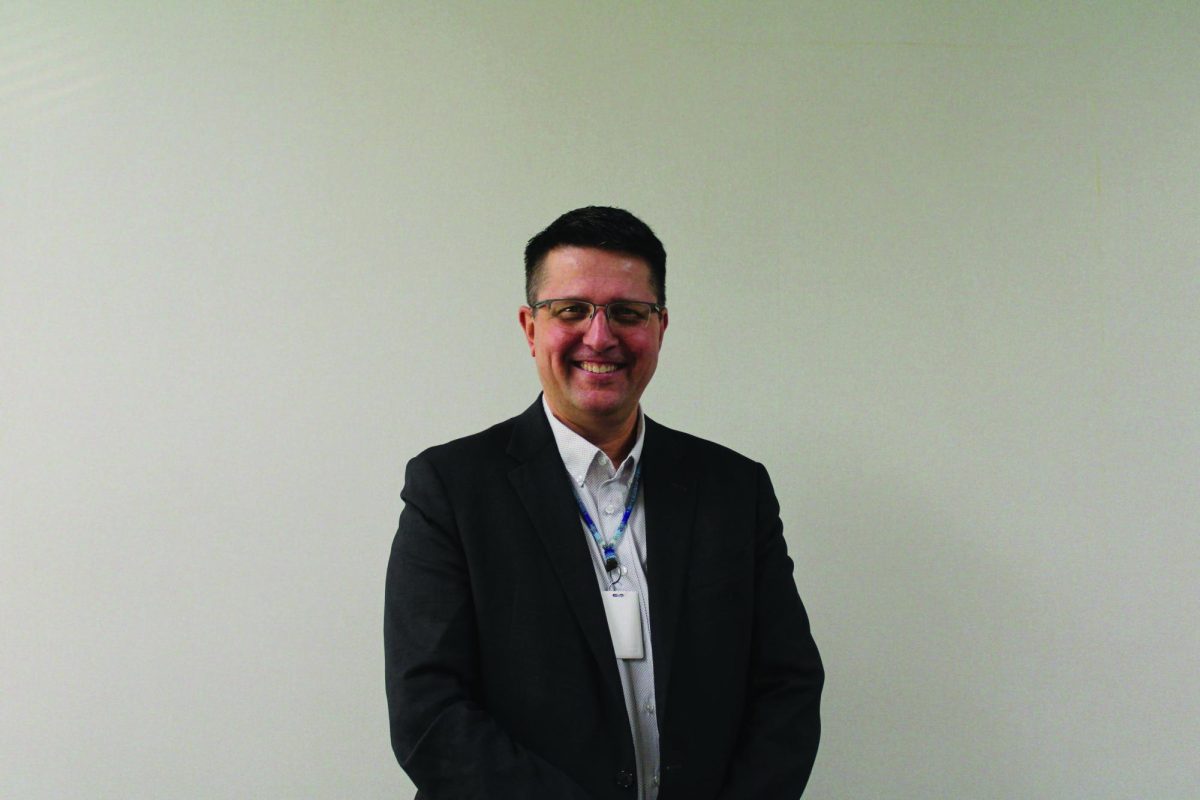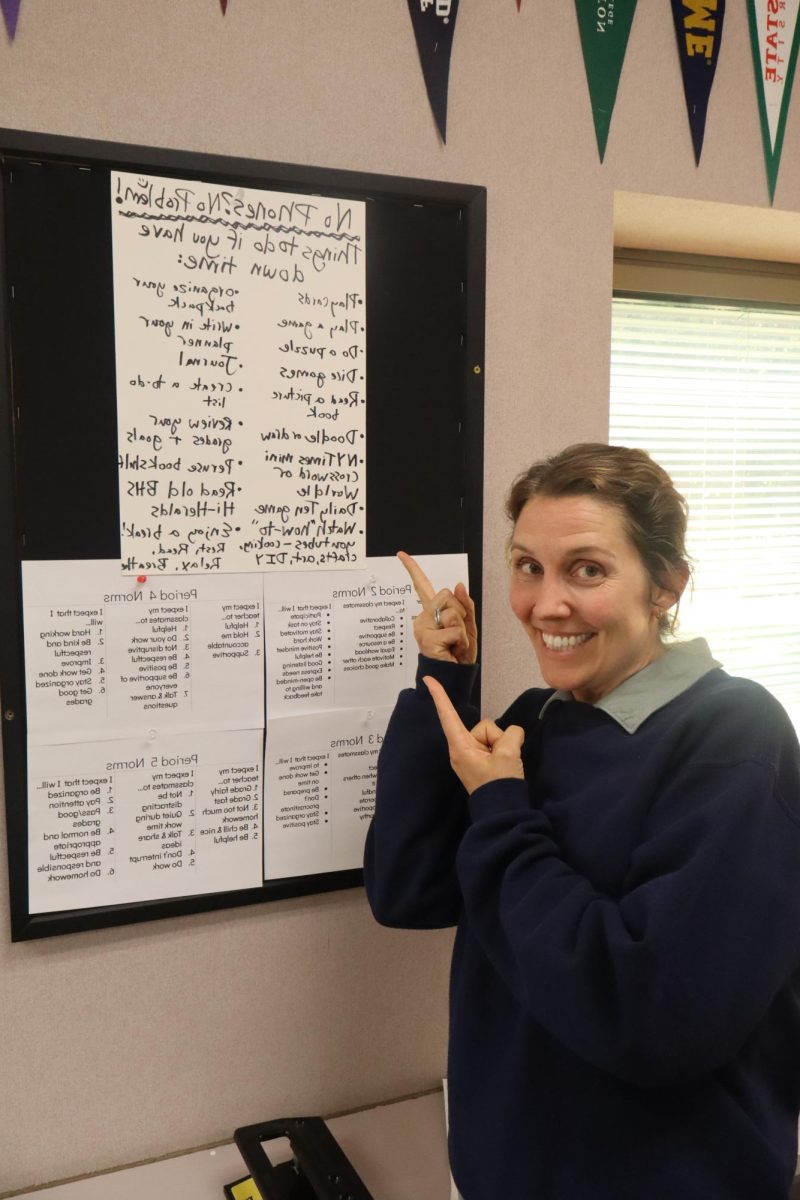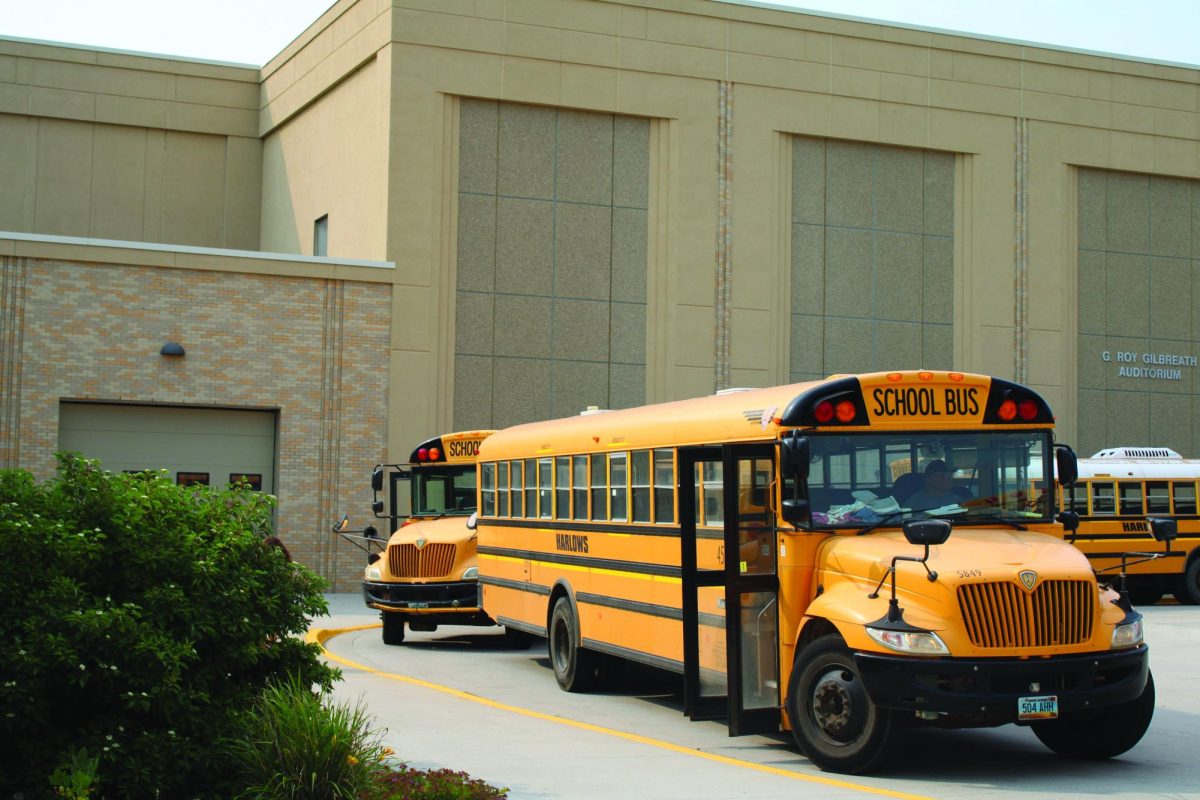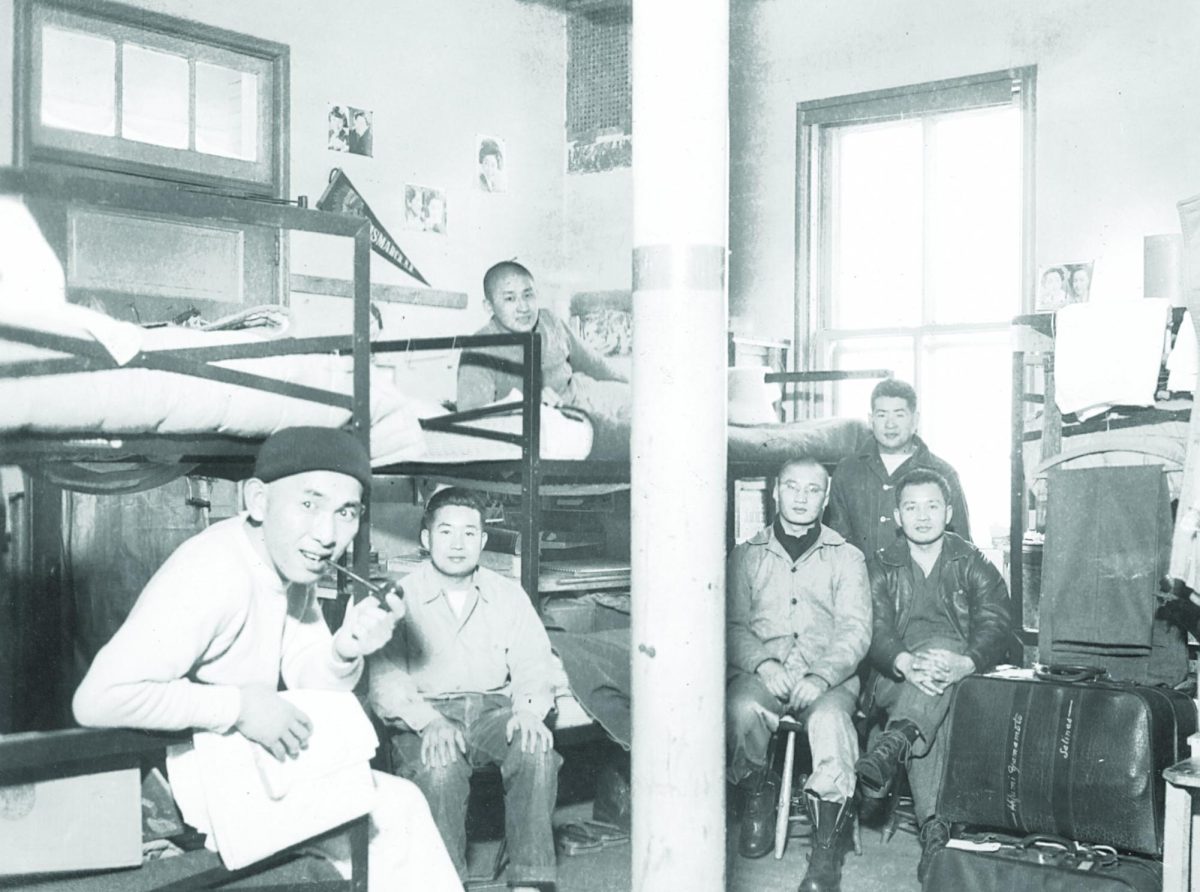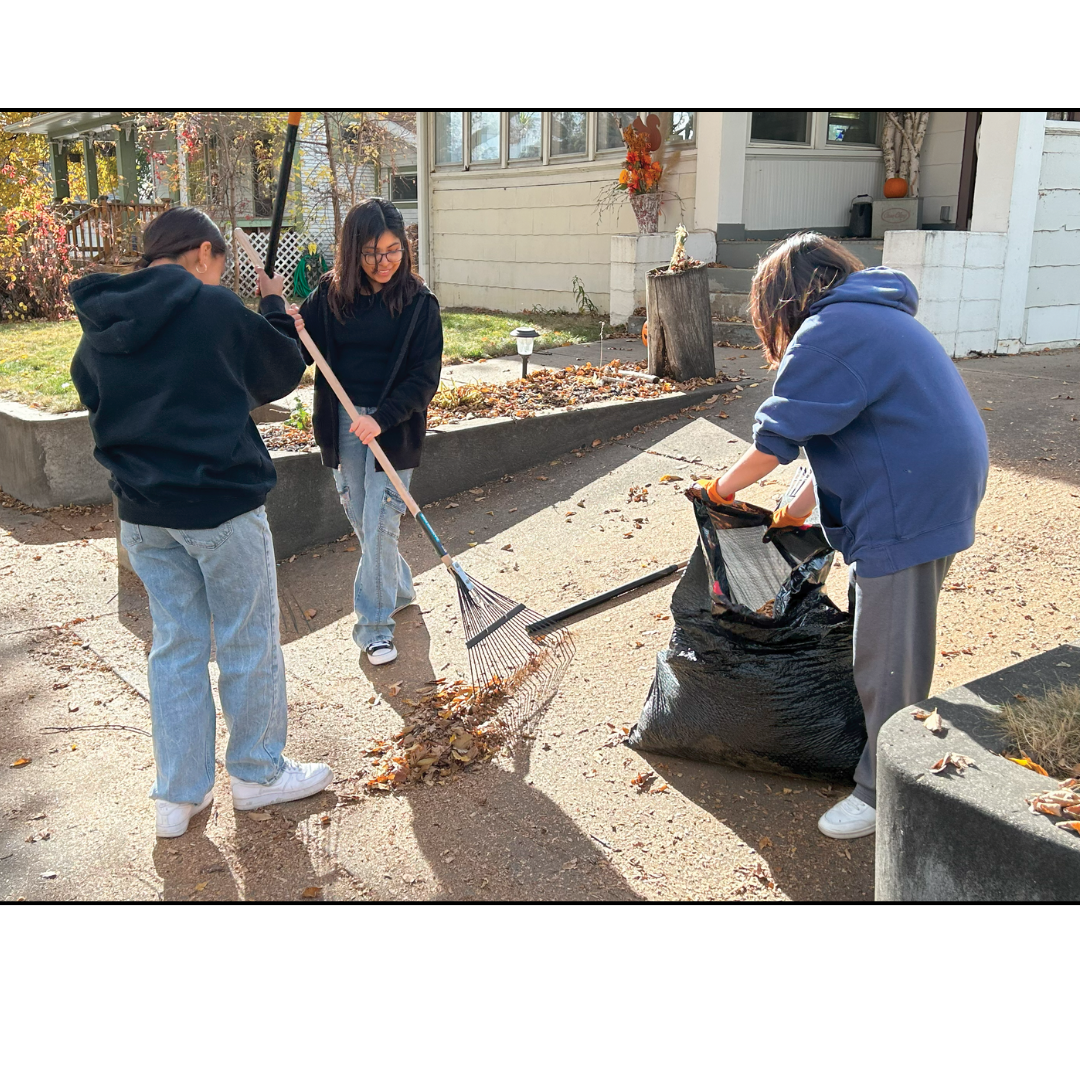For the 2025-2026 school year, the schedules of both elementary and secondary students may be altered.
Bismarck Public Schools is experiencing a shortage of bus drivers, encouraging a change in its transportation system. They are so desperate for bus drivers that they have doubled down on advertising and increased their driver salary twice in the last 18 months. To combat the inconvenience, the district is exploring options for a two-tier schedule for the 2025-2026 school year.
“The heart of why we’re making the change is because we are unable to consistently fill all of our bus driving positions,” Bismarck Public Schools Superintendent Jeff Fastnacht said.
A two-tier schedule means elementary schools would start earlier and end earlier. However, it would be reversed for secondary schools, as their start and end times would be later.
Gaps between the school’s bell times mean the same driver can run two routes in both the morning and afternoon. Drivers would pick up elementary students first, drop them off, and then go pick up secondary students and drop them off – the same process for drop-offs. This could eliminate the high demand for bus drivers and allow current drivers to collect more hours and earn more money.
“Harlows, who provides the majority of our bus routes for us, has never been fully staffed with bus drivers,” Fastnacht said. “We’re having other staff – like custodians, coordinators (and) facility workers, come off of their normal work just to be a bus driver twice a day.”
Bus pickup times and drop-off times will be affected. The two-tier system wouldn’t need as many drivers all going simultaneously – meaning driving more routes can be an option. Buses would be less-crowded and the times would be more convenient for students.
“We have kids who are getting on buses at 6:30 in the morning and not getting off until almost six o’clock at night,” Fastnacht said. “The most radical recommendation was to reduce the number of buses you need, which would ensure we have drivers for all of our buses.”
Right now, the secondary start times for middle school are 8:05a.m., high school at 8:20a.m. a.m., and the elementary start time is 8:35 a.m. If the two-tier schedule is implemented, middle school could start around 8:30 to 8:50 a.m., high school could start from 8:45 to 9:00 a.m. and elementary could start from 7:45 to 8:15 a.m. Secondary schools get out at 3:28 p.m. and elementary schools at 3:05 p.m. After the two-tier, the secondary students would get out around 3:45 to 4:00 p.m. and elementary students would get out from 2:15 to 2:30 p.m. All these times are subject to change, but it is expected to be affected by 45 minutes to an hour.
“We followed a model very similar to Fargo,” Fastnacht said. “They start elementary school at eight o’clock, and they get out about 2:15 to 2:20.”
If bell times change, Career Academies and Technical Centers will have to adjust as well. Times for sports practices and games, club meetings, and other school events will also potentially change. Students who participate in sports may be negatively impacted by the two-tier schedule – If traveling for an away game or competition, it is likely the athletes will miss out on a large portion of their school day, making it harder to get caught up on homework.
“Instead of missing two periods, you might be missing three,” Fastnacht said.
North Dakota cities like Minot, Fargo and Grand Forks all run a two-tier system for their public schools. All of which have elementary schools going first. Secondary goes later because it’s believed that older students may need more time in the morning to fully wake up, or they may need an extra time slot for any homework.
“It was a positive recommendation,” Fastnacht said. “The large schools all do a separation, we’re the only one who doesn’t.”
Right now, many students do not get to school on time because of poor bus reliability. BPS spent half a million dollars on poor busing services just last year because they couldn’t fill positions. BPS has elementary students getting on the bus as early as 6:30 a.m. and then not getting off until as late as 6:00 p.m. These early and late times concern parents, as their kids’ safety could be jeopardized due to poor bus routing. Fastnacht doesn’t believe any young child should be on a bus for that long.
“What we’ve been told is we have kids riding the bus for an hour or longer,” Fastnacht says. “If we change it (bell times), we might be able to pick up kids at about the same time and actually have them riding the bus in a shorter amount of time, even with an earlier start.”
With a series of board meetings and discussions, BPS will make the final decision for the two-tier schedule on January 13th, 2025. A community video will be posted on November 11th, informing parents and students. BPS will then start to post surveys and receive recommendations. Fastnacht believes the only way the two-tier idea will be denied is if an overwhelming amount of people dispute it. He is confident the 2025-2026 school year will introduce a new normal for Bismarck’s Public schools.
“It’s kind of the definition of insanity to keep doing the same thing over and over expecting a difference,” Fastnacht said. “So I think we got to do something.”
Categories:
An option to think about
Bismarck Public Schools is considering a two-tier schedule.
Superintendant Jeff Fastnacht. Bismarck Public Schools is the largest school district in the state of North Dakota with a 2023-2024 student population of 13,732. A solution has been needed to address the current bussing problem. “We are considering adjusting the start time for elementary and secondary schools to allow about a 45 minute to an hour seperation,” Superintendent Jeff Fastnacht said.
0
Donate to BHS News
$175
$3000
Contributed
Our Goal
Your donation will support the student journalists of Bismarck High School. Your contribution will allow us to purchase equipment and cover our annual website hosting costs.
More to Discover
About the Contributor

Alannah Kemmis, Editor in Chief

